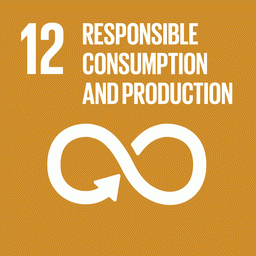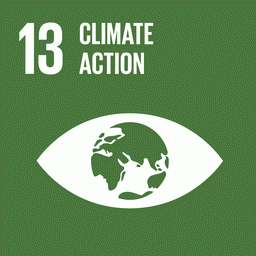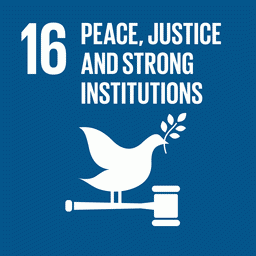Food security – which is the right to access enough quality food to live a healthy life – is at great risk with the advance of land grabbing in the Amazon. And this is not just a risk for Brazil, but for the whole world. Currently, the illegal appropriation of public lands is one of the main causes of deforestation in the region and contributes significantly to climate change, also affecting food production in the country.
“The advance of monocultures in forest areas has resulted in a worrying scenario. We need to look at the conditions that the environment requires to produce our food,” warned Alcilene Cardoso, researcher at the Amazon Environmental Research Institute (IPAM), in a new episode of the Amazoniar’s series on land grabbing.
If deforestation increases, so does the risk of food insecurity
The Cerrado region illustrates this scenario well. Home to half of the country’s agricultural production, it is among the world’s largest agricultural areas and is expected to increase by 30% over the next decade. However, Brazil’s ambition to increase its agricultural production in the region could fall apart if deforestation continues at the current pace: among the various impacts of extracting native vegetation is the alteration of the water cycle, which directly harms food production and can lead to so-called agro-suicide.
According to a report by researchers from IPAM and the Woodwell Climate Center, Brazil has lost 28% of its agricultural area in the transition region between the Amazon and the Cerrado due to climate change. Experts estimate that around 50% of this area will not be in the climate zone considered ideal by 2030 and 74% by 2060.
Besides, the less structure one has to combat climate change, the greater the risk of food insecurity. “In the Brazilian Amazon, more than half of the cities have a high degree of vulnerability to food insecurity because they don’t have the minimum conditions and infrastructure to deal with the climate crisis,” said Cardoso. As an article published by InfoAmazonia shows, 62% of Amazonian municipalities are at risk and are the most affected region in Brazil.
Changes in the way food is produced and consumed in the country are needed
Although biodiversity is one of Brazil’s greatest assets, it is far from being reflected in the Brazilian diet. According to research by Ibirapitanga, Imaflora and the Instituto Clima e Sociedade, 10 products alone – rice, beans, bread, beef, sugar, chicken, bananas, milk, soft drinks and beer – account for 45% of food consumption in the country. “The loss of cultural diversity and food sovereignty harms our nutritional health and well-being,” explained Cardoso.
The researcher also warned of another worrying fact: the Greenhouse Gas Emission Estimation System (SEEG by its acronym in Portuguese) estimates that 73% of Brazil’s emissions are associated with agriculture and cattle raising. This contributes for Brazil to remain in the ranking of the biggest contributors to the climate crisis, in the 7th position.
A study by the World Resources Institute (WRI) shows that if there is no effort to adapt the way food is produced, carbon emissions from agriculture and other land-using activities could rise from 25% of all global emissions to 70%. “That doesn’t have to happen. We can produce enough quality food without deforesting,” Cardoso said.
Sustainable food production
A great alternative to monoculture is to strengthen family farming. “To produce food, small farmers need rural technical assistance. Another important point is to get the most out of our biodiversity, which is also a source of income generation,” said Cardoso. She also highlighted the importance of institutional market policies, such as the National School Feeding Program and the Food Acquisition Program, which establish cooperation between governments and family farmers in distributing food to socially vulnerable people and non-profit institutions.
Researchers from the already mentioned study by WRI also suggest improving farmers’ productivity, as well as linking productivity and income gains to forest protection initiatives.
About Amazoniar
Amazoniar is an initiative of IPAM to promote a global dialogue about the Amazon and its importance for Brazil’s relationships with the world. In the previous cycles, dialogues addressed the commercial relations between Brazil and Europe; the role of indigenous peoples in the region’s sustainable development and their contribution to science and culture; and youth engagement for the forest and its peoples in the 2022 Brazilian elections.
With the proposal of taking the Amazon beyond its borders, Amazoniar has already carried out special projects, such as a photography contest, whose selected photos were exhibited in the streets of Glasgow, in Scotland, during the COP26; a series of short films that composed the exhibition “Fruturos – Amazônia do Amanhã”, at the Museum of Tomorrow, in Rio de Janeiro; as well as two publications currently available only in Portuguese: Possible scenarios for the Amazon in the context of the 2022 Brazilian elections and Solutions to deforestation in the Amazon. The initiative also produced a series of interviews with representatives of traditional communities during the negotiations of the Free Trade Agreement between Mercosur and the European Union.
To be part of the global dialogue about the Amazon, sign up for our newsletter.




